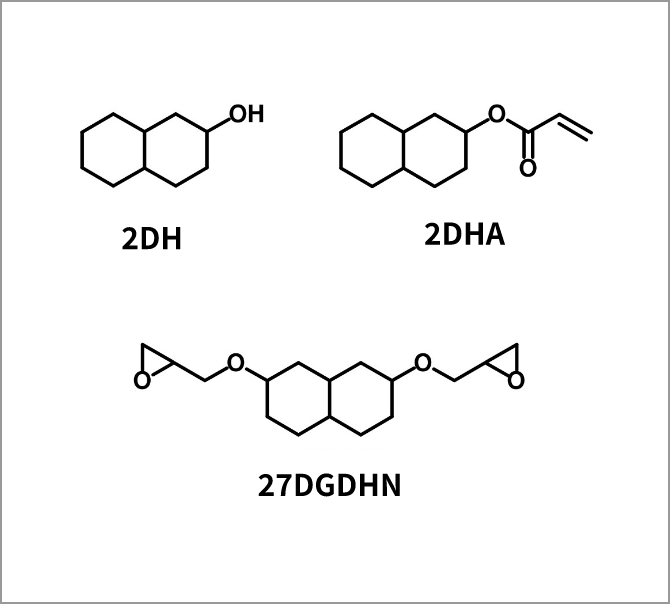- HOME
- Technical Information
- Chemical Reaction List
Chemical Reaction List
Diverse
Organic Synthesis
Technologies
Proposal of the most Appropriate Process for Customers based on our Diverse Reactive Technologies


Through much results and experience as a custom manufacturer so far, we have been accumulating a great store of divers reactive technologies including oxidation, reduction, Grignard reaction, halogenations, and cyanation reaction which are at the top level among custom manufacturers in Japan. Recently we have been also actively trying to establish new technologies, such as optical resolution, asymmetric synthesis, and flow synthesis. Combination of these wide range of organic synthesis technologies makes it possible to achieve efficient development of target products responding with our customers’ diverse, sophisticated requirement.
Major Organic Synthesis Technologies
- Acylation
- Alkylation
- Allylation
- Amination
- Bromination
- Carboxylation
- Chlorination
- Condensation
- Coupling
- Cyanation
- Esterification
- Fluorination
- Formylation
- Hydroxylation
- (Meta) Acrylation
- Nitration
- Oxidation
- Optical Resolution
- Reduction
- Ring formation
- Sulfonation and Chlorosulfonation
Examples of Reactions Using the Above Technologies
Synthesis of complex compounds with combination of multiple unit process.
- Reaction Example (1):
- Naphthalenesulfonic acid → (Chlorination) → naphthalenesulfonyl chloride → (Reduction) → naphthothiol

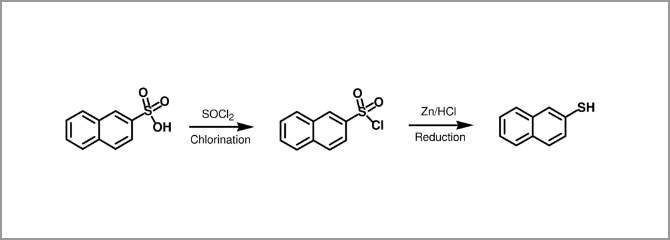
- Reaction Example (2):
- Naphthol → (Reduction) → Hydroxy-decahydronaphthalene → (Allylation) → Allyloxy-decahydronaphthalene → (Oxidation) → Glycidyloxy-decahydronaphthalene

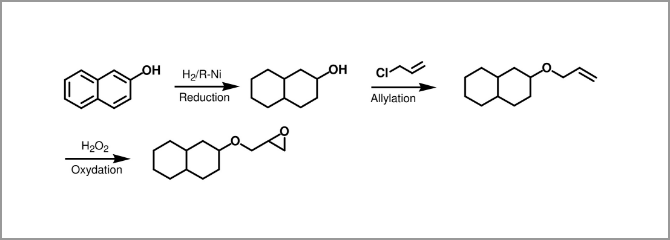
- Reaction Example (3):
- Aniline → (Amidation) → 1-Butyl aminobenzene → (Nitration) → 1-Butylamino-2-nitrobenzene → (Reduction) → 1-Butylamino-2-aniline → (Ring formation) → 2-Propylbenzene imidazole

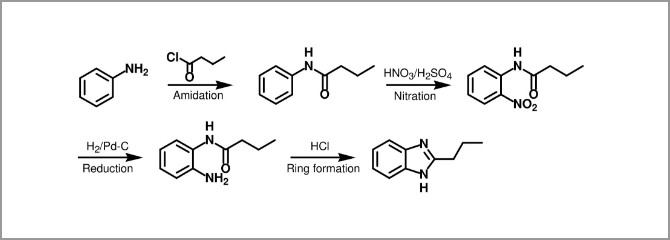
- Reaction Example (4):
- 2-hydroxy-6-naphthoic acid → (Bucherer reaction) → 2-amino-6-naphthoic acid → (Sandmeyer reaction) → 2-bromo-6-naphthoic acid

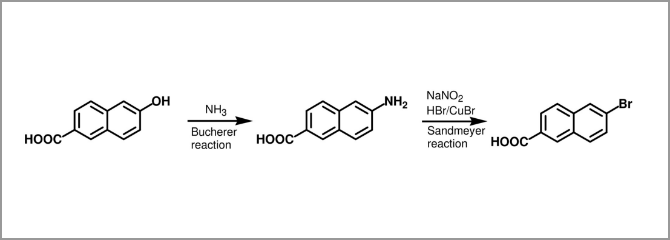
Low Temperature Reaction
Possible to react at -10°C as minimum limit of temperature.
Grignard Reaction
We have commercially established Grignard reaction including preparation of Grignard reagent from Mg metal.
Cyanation Reaction
It is possible to provide various cyanide compounds under safe and effective operation including safely handling NaCN and KCN as well as detoxifying system of waste water containing CN-.
Reactions with Metal Sodium
It is possible to use molten metallic sodium safely on industrial scale, as well as to prepare dispersion solution.
The reaction with metal sodium is available for condensation and reduction.
Reduction
Reduction is one of our best unit process. In particular, we have much results and experience of catalytic hydrogenation which is not harmful to the environment.
Halogenations
It is possible to provide various halogenated compounds based on technologies commercially established for chlorination, bromination, iodination, and fluorination.
Original Products
- Dinaphthothiophene Derivatives
- Dinaphthothiphene (DNT) is a compound with a very extremely high refractive index (1.82 at 589nm) as a single organic chemical substance. We meet customers’ requirement by providing various derivatives of DNT with functional groups by our best organic synthesis technologies. Representative derivatives are shown as below.
- View More

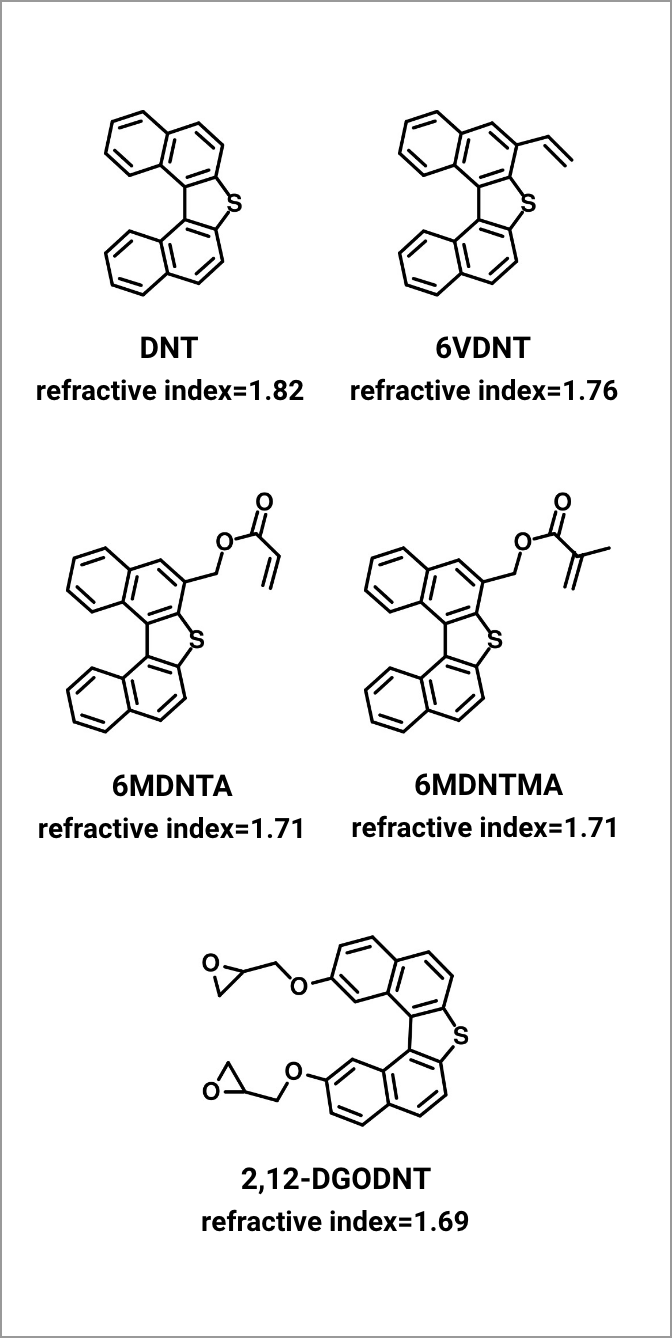
- Naphthothiol Derivatives
- Naphthothiol and its derivatives have very refractive index among other organic compounds. In particular, the 1,6-derivative has both high refractive index and good solubility (compatibility), and we can also supply various derivatives with polymerizable groups.
- View More

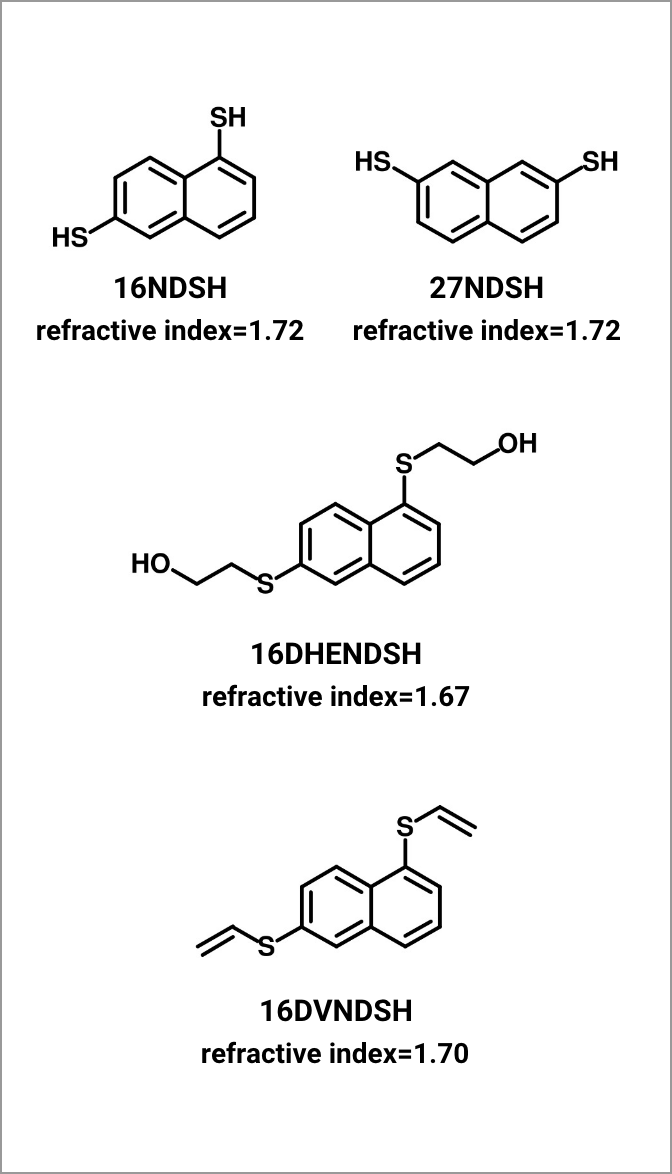
- Binaphthol Derivatives
- Binaphthol derivatives have high value in use as organic compounds with a high refractive index, and we can supply various derivatives.
- View More

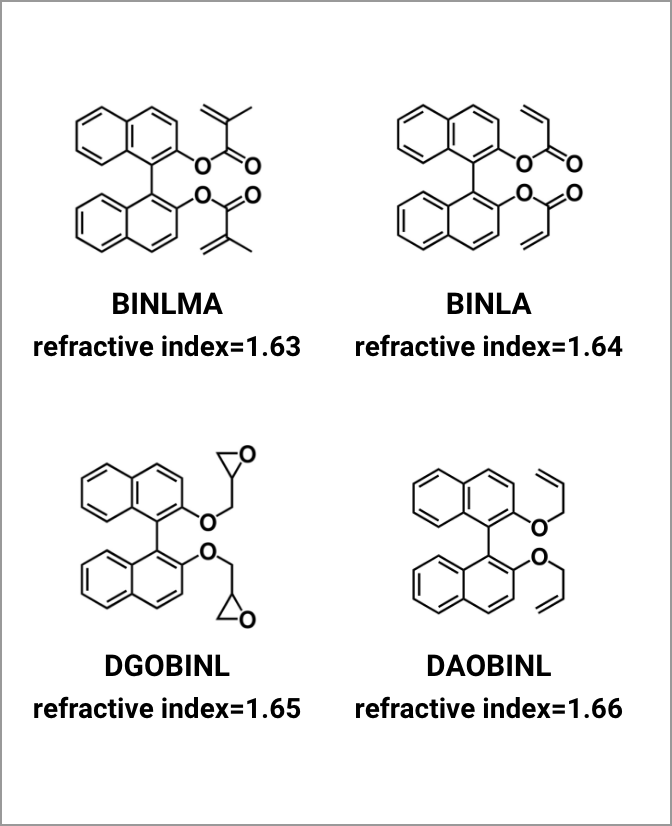
- Calixarenes
- We have two main types of Calixarenes such as S series (n=4,6,8) with sulfonic group and B series (n=4,6,8) with tert-butyl group.
Also, we can supply CALXB4-EA that is used for additive of cyanoacrylate adhesive.
Development of monomers with polymerizable groups is also expected. Representative derivatives are shown as below. - View More

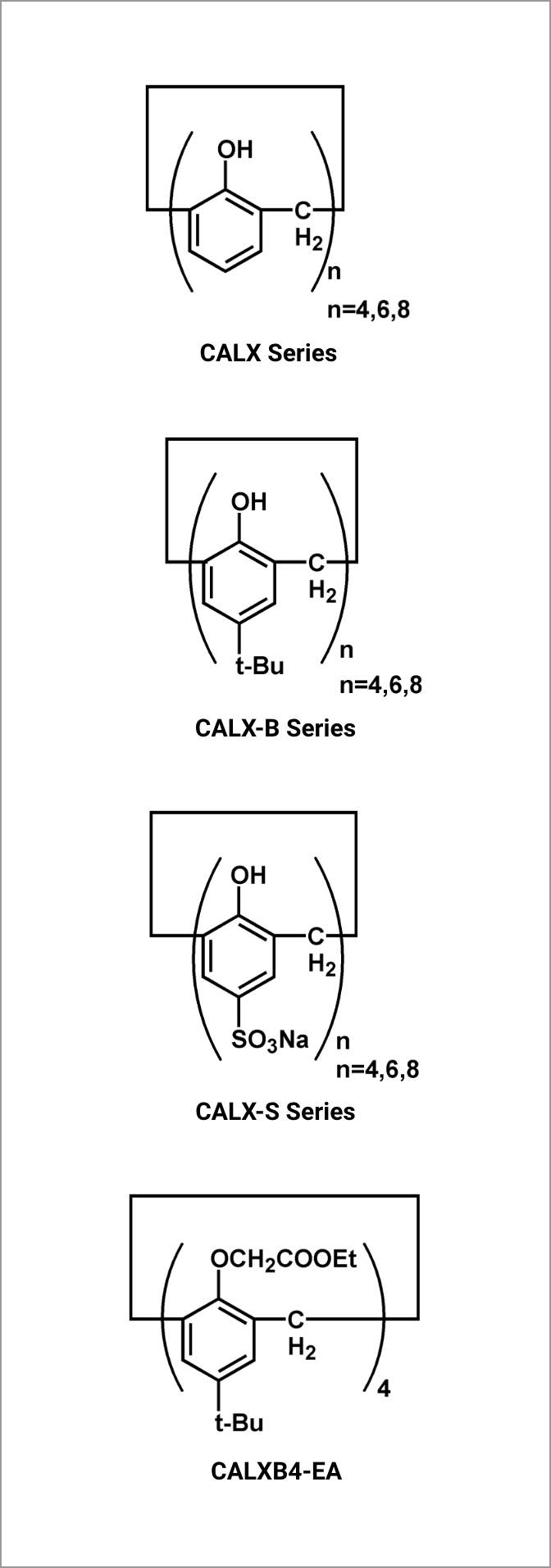
- Decaline Derivatives
- We develop 2DH, 2DHA (acrylate), and 27DGDHN (glycidyl ether) have high heat-resistant and transparent property. These Decaline derivatives are expected to be used for optical area.

